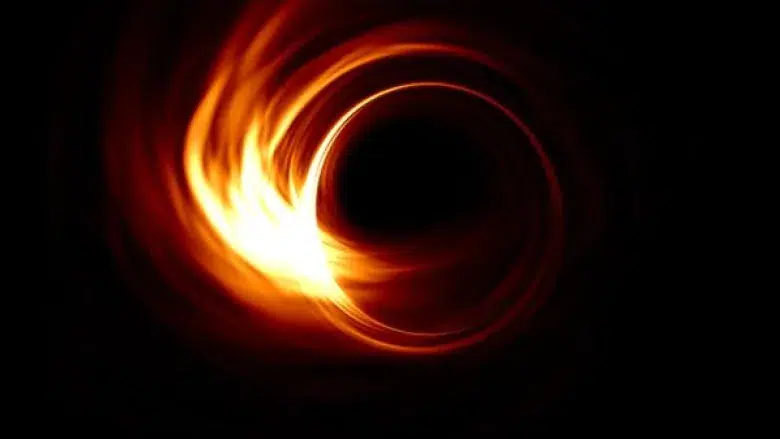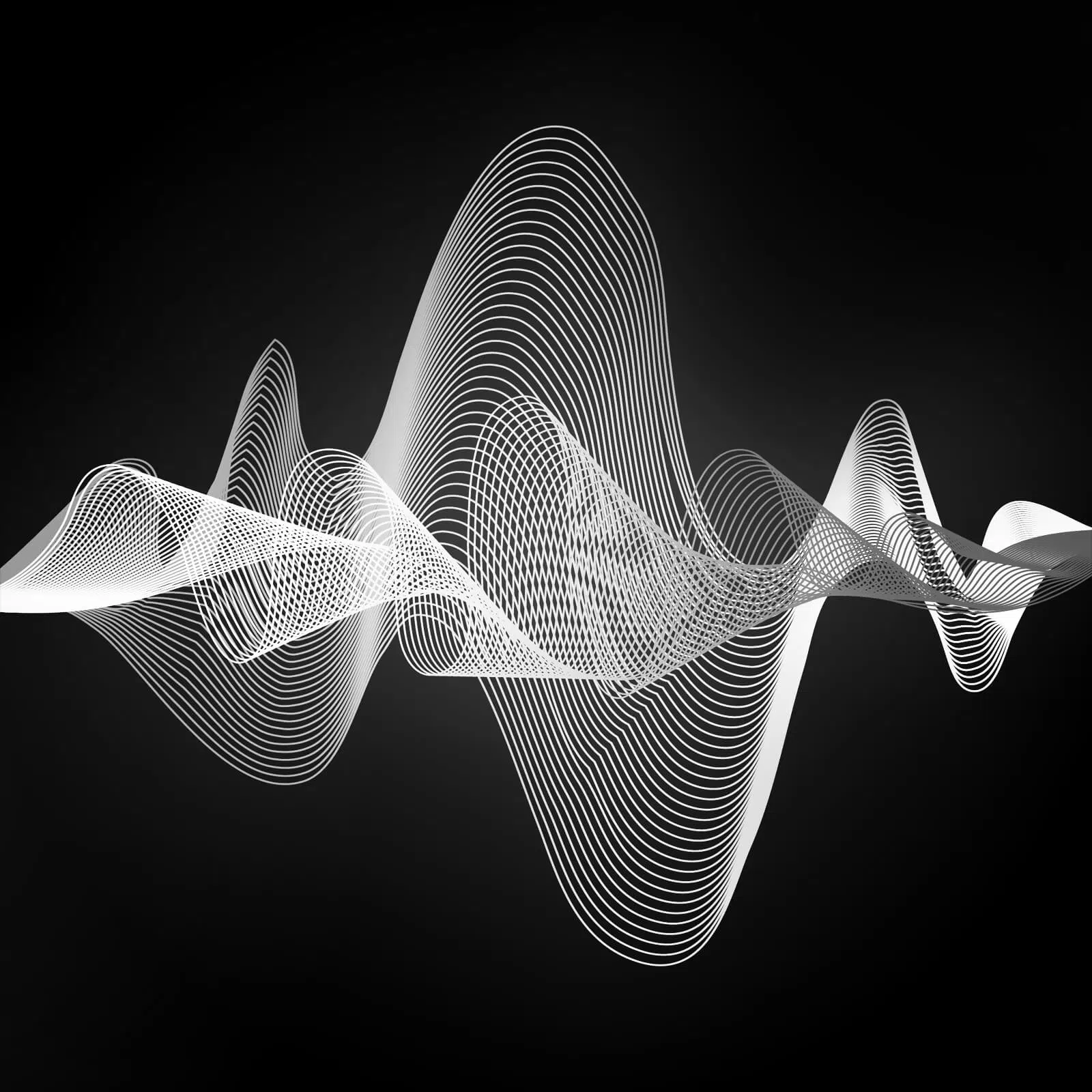Until now the supermassive black hole was only a very educated guess from astronomers, an idea that had to be possible to make everything else possible. They were the universes strangest piece to the puzzle.
Until now there was no photo evidence of their existence. Now thanks to a program called Event Horizon Telescope (ETH) the world is now being introduced to what is being called “a breakthrough in humanity’s understanding of the universe.”
“…a breakthrough in humanity’s understanding of the universe.”
ETH is not one single telescope, rather the joint operation that connects dozens of observatories. Together these observatories scan the area surrounding the super-massive black hole at the center of the Milky Way Galaxy.
“It’s a visionary project to take the first photograph of a black hole. We are a collaboration of over 200 people internationally,” astrophysicist Sheperd Doeleman, director of the Event Horizon Telescope at the Center for Astrophysics, Harvard & Smithsonian, said at a March event in Texas.
“It’s a visionary project to take the first photograph of a black hole.
We are a collaboration of over 200 people internationally,”
~Sheperd Doeleman, Director of ETH
Everyone should be looking out tomorrow for the first-ever visible light photo of a Black Hole published by the Event Horizon Telescope. It will most likely look like the imagery used in Christopher Nolan’s Interstellar. We’ll be witnessing history!
— Jakob Ruffner (@jakob_alestle) April 9, 2019
This Wednesday scientists will introduce humanity to the first ever pictures of a black hole in six major news conferences discussing the discovery and what it means in the grand scheme of the universe. These conferences are scheduled to take place simultaneously in Brussels, Santiago, Shanghai, Taipei and Tokyo
About 50 years ago NASA took a picture of what looked like a very bright purple object at the center of the Milky Way Galaxy, though what they now know is that the purple is all just gasses and plasma that quickly drop off to pure black. That pure black is what scientists call a black hole.
Where the colors drop to black is what Scientists call the event horizon of a black hole. This is the mathematical “point of no return”, as it would take an infinite amount of energy to escape the forces of Sagittarius A, which holds the mass equivalent to 4 million of our suns.
“…Sagittarius A, holds the mass equivalent to 4 million of our suns.”
The first set of data collected by ETH was received in April 2017. At the time the data collected was from telescopes located in the U.S. in the states of Arizona and Hawaii as well as Mexico, Chile, Spain and Antarctica. Since then, telescopes in France and Greenland have been added to the project.
The 6 news conferences are scheduled for 10:00am CEST tomorrow.






